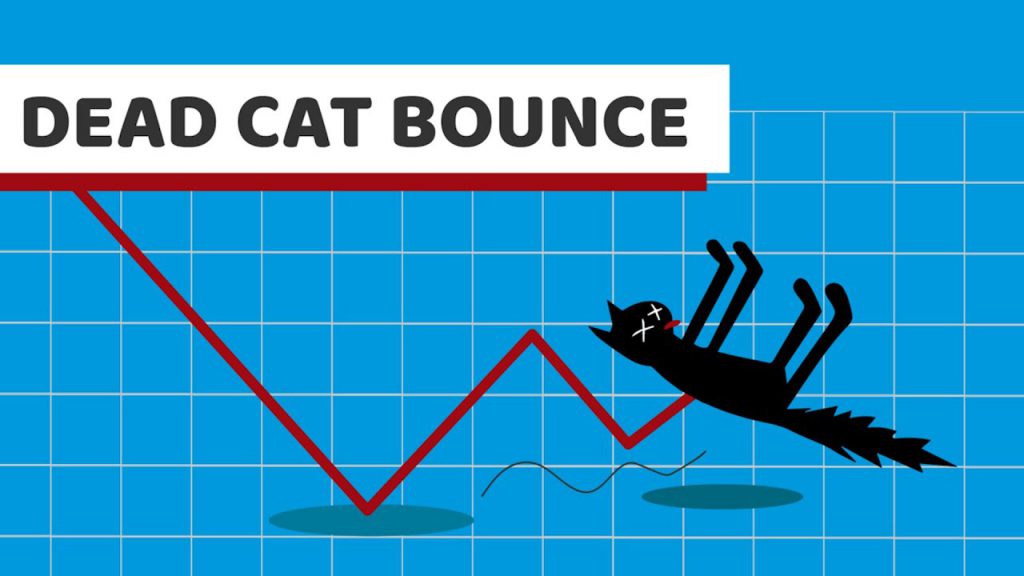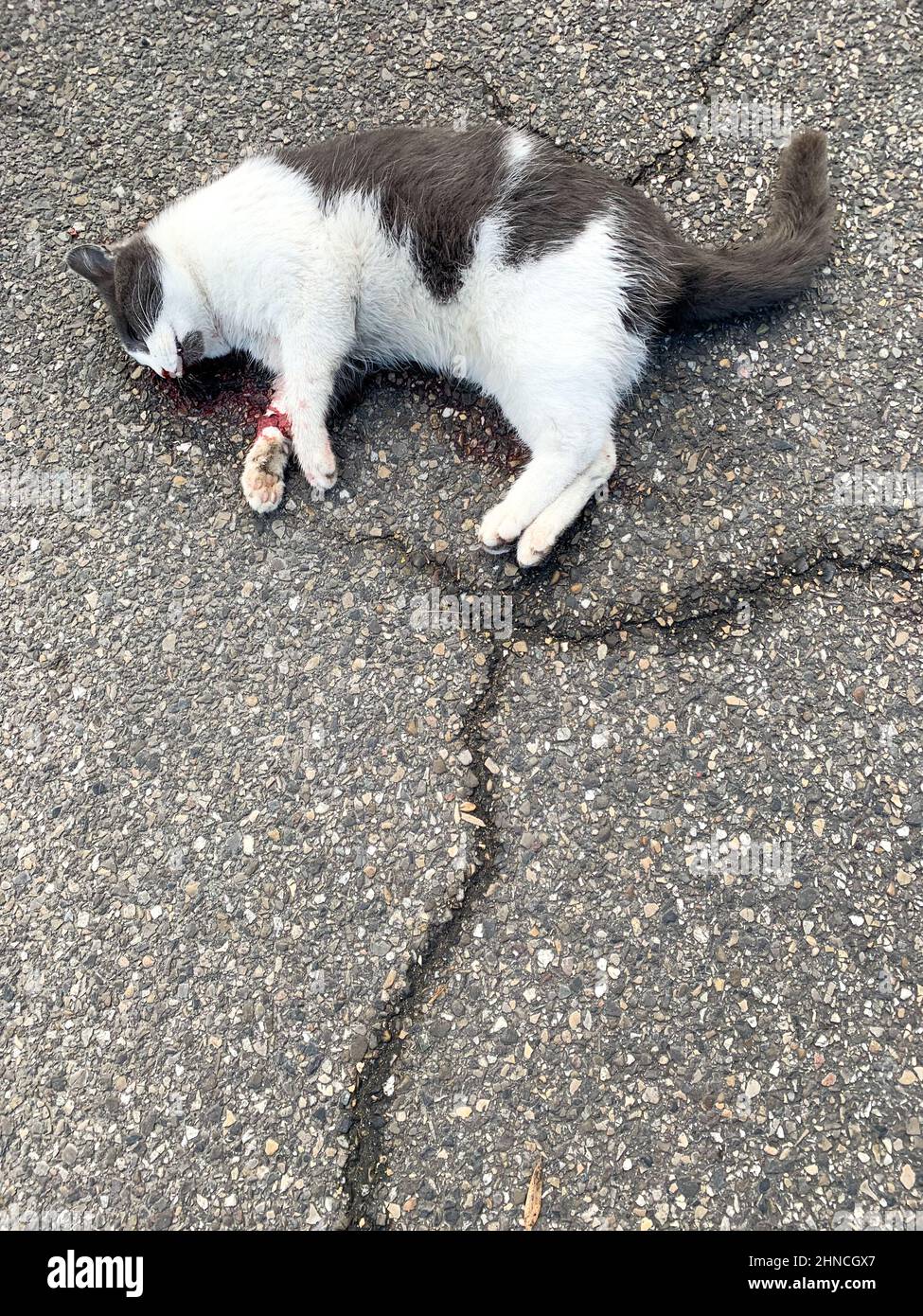Breathtaking Tips About What Is A Deadcat

What To Do With A Dead Cat? 8 VetReviewed Steps Take Catster
What Exactly is a "Dead Cat"? And Why Should You Care?
1. Understanding the Dead Cat Strategy
Okay, let's get this straight. The term "dead cat" might sound a bit grim, even slightly bizarre. I mean, who wants to talk about dead cats? But trust me, in the world of politics, media, and even marketing, understanding what a "dead cat" (noun) is can be incredibly useful. It's a tactic, a rather cynical one, used to distract you from something else. Think of it as a magician's misdirection — while you're focused on the shiny object, the real trick is happening elsewhere.
Imagine a politician facing a scandal. Instead of addressing the core issue, they might launch a completely outrageous, attention-grabbing statement or initiative. Something so shocking, so divisive, that everyone starts talking about that instead of the original problem. That's the dead cat. It's thrown onto the table to create a massive, often irrelevant, commotion.
The effectiveness of a dead cat lies in its sheer audacity. It's designed to be so outrageous that it dominates the news cycle, social media, and water cooler conversations. It's not about truth or accuracy; it's about controlling the narrative. The hope is that by the time the dust settles on the dead cat controversy, people will have forgotten (or at least lost interest in) the initial scandal.
So, why should you care? Because these tactics are used on us all the time. From political campaigns to corporate PR, understanding the dead cat strategy can help you see through the smoke and mirrors and focus on what's really important. It's about critical thinking and not letting yourself be easily manipulated.

Where Did This Weird Term Come From Anyway?
2. The Origin of the Dead Cat Phrase
The phrase "dead cat" is often attributed to Australian political strategist Lynton Crosby, who used it while working for Boris Johnson, the former Mayor of London and later Prime Minister of the UK. Crosbys explanation was simple and brutally effective: "If you are drowning in bad news, then throw a dead cat onto the table." The shock value, the sheer unexpectedness, is supposed to derail the conversation.
While Crosby might have popularized the term, the concept itself is far from new. Politicians and spin doctors have been using similar distraction tactics for centuries. Its simply that Crosby gave it a memorable, albeit morbid, name. Think about it: the image of a dead cat being thrown onto a table is pretty hard to forget, isnt it? Thats part of why the phrase has stuck around.
The beauty (or perhaps ugliness) of the dead cat strategy is its simplicity. It doesn't require intricate planning or sophisticated arguments. It just needs to be shocking enough to grab attention. It's a blunt instrument, but in the hands of a skilled (or unscrupulous) operator, it can be surprisingly effective.
And thats the key takeaway. Understanding the origin helps us recognize the pattern. When you see a sudden, outrageous claim or action that seems completely out of left field, ask yourself: is this a dead cat? Is someone trying to distract me from something else?

Dead Cat On Road
How to Spot a Dead Cat in the Wild (and Not Fall For It)
3. Recognizing the Signs of Dead Cat Distraction
Okay, so you know what a dead cat is, but how do you actually spot one when it's thrown your way? It's not always obvious, but there are a few telltale signs. First, look for something completely unrelated to the original issue. Is the new controversy a total non sequitur? Does it feel like it's come out of nowhere?
Second, pay attention to the tone and intensity of the coverage. Is the media suddenly hyper-focused on this new issue, while the original problem seems to have faded into the background? Are people getting incredibly emotional and reactive?
Third, consider the source. Who is benefiting from this distraction? Who is trying to shift the narrative? Follow the money and the motives. Often, the answer will become clear.
Finally, don't be afraid to ask questions. Dig deeper. Don't just accept the surface-level outrage. Ask yourself: what is really going on here? What am I not being told? Critical thinking is your best defense against the dead cat strategy.

Dead Cats in the Age of Social Media
4. The Impact of Social Media on Dead Cat Tactics
Social media has supercharged the dead cat strategy. A shocking statement or outrageous meme can spread like wildfire, reaching millions of people in a matter of hours. The algorithms often prioritize engagement, meaning that the more controversial the content, the more likely it is to be seen.
This creates an echo chamber effect, where people are constantly bombarded with the dead cat controversy, making it even harder to focus on the original issue. The sheer volume of information can be overwhelming, making it difficult to discern what's true and what's not.
Furthermore, social media allows for rapid-fire responses and counter-responses, creating a constant state of conflict. This makes it even easier to distract people and keep them focused on the short-term outrage rather than the long-term implications.
To navigate this chaotic landscape, it's crucial to be mindful of your own consumption habits. Limit your exposure to social media, especially when you're feeling stressed or overwhelmed. Seek out diverse sources of information and be wary of anything that seems too good (or too outrageous) to be true. Remember, a healthy dose of skepticism can go a long way.

What Is A Dead Cat Bounce & How Do You Trade It?🙌 Transforme Sua Vida
Beyond Politics
5. The Use of Distraction in Various Contexts
The dead cat strategy isn't limited to politics. It can be used in business, marketing, and even in personal relationships. Think about a company facing a product recall. They might launch a flashy new advertising campaign or announce a major charitable donation to distract from the negative press.
Or consider a salesperson who makes a mistake. They might try to deflect attention by criticizing a competitor or highlighting a minor achievement. The goal is the same: to shift the focus away from the problem at hand.
Even in our personal lives, we might unconsciously use similar tactics. If we're caught doing something wrong, we might try to change the subject or blame someone else. It's a natural human instinct to avoid accountability, but recognizing this pattern can help us become more honest and responsible.
Ultimately, understanding the dead cat strategy is about being aware of the ways in which we can be manipulated. It's about cultivating critical thinking skills and not being afraid to question the information we receive. By staying informed and vigilant, we can avoid falling for these distractions and focus on what truly matters.
